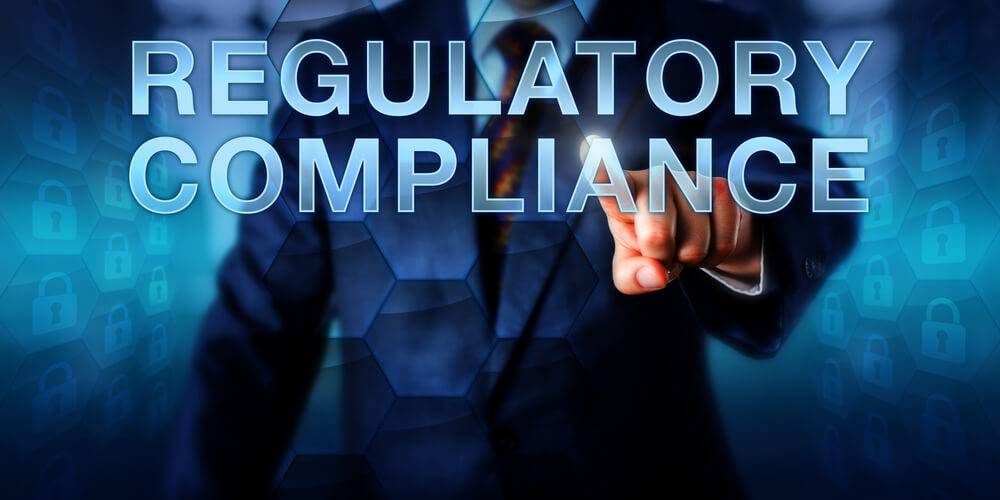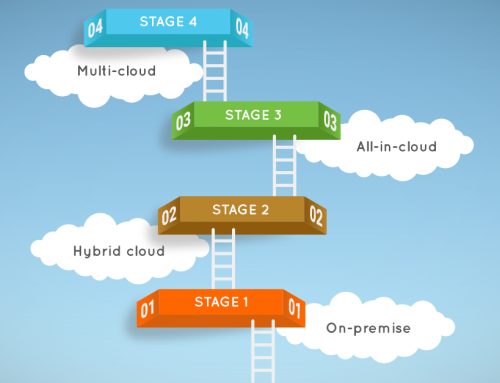1. Understanding Regulatory Landscape:
Before initiating cloud migration, organizations must gain a comprehensive understanding of the regulatory landscape that governs their industry and geographic locations. Different regions and industries may have specific data protection, privacy, and security regulations. Conducting a thorough assessment ensures that the cloud migration strategy aligns with these regulatory requirements.
2. Data Governance and Classification:
Establishing robust data governance practices is fundamental to regulatory compliance. Classify data based on sensitivity, importance, and regulatory implications. Different categories of data may require distinct security measures and compliance controls. By clearly defining data governance policies, organizations can ensure the appropriate handling and protection of sensitive information throughout the cloud migration process.
3. Due Diligence on Cloud Service Providers:
Selecting a reputable and compliant cloud service provider is a crucial step in meeting regulatory requirements. Conduct due diligence to assess the security measures, certifications, and compliance frameworks offered by potential cloud partners. Ensure that the cloud provider aligns with industry-specific standards and regulatory mandates, providing the necessary assurances for secure and compliant cloud services.
4. Compliance by Design:
Integrate compliance considerations into the design and planning phases of cloud migration. Adopt a “compliance by design” approach, where security controls and regulatory requirements are built into the architecture from the outset. This proactive strategy minimizes the risk of compliance gaps and facilitates a smoother transition to the cloud while adhering to legal and regulatory standards.
5. Data Residency and Jurisdictional Considerations:
Data residency requirements stipulate where data can be stored and processed. Evaluate these requirements in the context of cloud migration, considering the geographic locations of cloud data centers. Ensure that the chosen cloud service provider offers data residency options that align with regulatory expectations. Addressing jurisdictional considerations is essential to comply with regional laws governing data storage and processing.
6. Encryption and Security Measures:
Implement strong encryption mechanisms to protect data during transit and at rest in the cloud. Encryption not only enhances data security but also aligns with many regulatory requirements. Leverage encryption protocols provided by the cloud service provider and implement additional security measures, such as identity and access management (IAM) controls, to safeguard against unauthorized access.
7. Compliance Audits and Reporting:
Regularly conduct compliance audits to assess adherence to regulatory requirements. Establish a systematic process for monitoring and reporting compliance metrics. Cloud service providers often undergo third-party audits and obtain certifications, which can simplify the compliance verification process for organizations. Leverage these certifications and audits to demonstrate adherence to regulatory standards.
8. Employee Training and Awareness:
Educate employees about regulatory compliance and the implications of cloud migration on data handling and security. Training programs should cover topics such as data privacy, secure handling of sensitive information, and the role of employees in maintaining compliance. Building awareness fosters a culture of responsibility and contributes to the overall success of compliance initiatives.
9. Incident Response and Notification Protocols:
Develop a robust incident response plan that aligns with regulatory requirements. Clearly define protocols for identifying, reporting, and mitigating security incidents. Ensure that the plan includes provisions for timely notification of regulatory authorities and affected individuals in the event of a data breach. Complying with incident response regulations is crucial for maintaining trust and transparency.
10. Evolving Compliance Post-Migration:
Regulatory landscapes evolve, and compliance requirements may change over time. Post-migration, organizations should establish mechanisms to stay informed about regulatory updates. Regularly review and update compliance strategies to align with the latest legal requirements. This ongoing commitment ensures that the organization remains compliant in the dynamic and evolving cloud environment.
11. Legal and Compliance Expertise:
Engage legal and compliance experts to provide guidance throughout the cloud migration journey. These professionals can interpret complex regulatory frameworks, assess the impact on cloud migration strategies, and recommend measures to address legal requirements. Collaborating with legal experts ensures a thorough and accurate understanding of compliance obligations.
12. Documenting Compliance Measures:
Maintain comprehensive documentation of compliance measures implemented during cloud migration. This documentation serves as evidence of compliance efforts and is valuable in audits and regulatory inspections. Clearly articulate the steps taken to meet regulatory requirements, including data protection measures, security controls, and any certifications obtained from the cloud service provider.
Conclusion:
Navigating regulatory compliance in cloud migration requires a strategic and proactive approach. By understanding the regulatory landscape, integrating compliance into the migration process, and collaborating with legal and compliance experts, organizations can successfully transition to the cloud while meeting legal and security requirements. A commitment to ongoing compliance efforts ensures that organizations thrive in the dynamic and regulated cloud environment.





